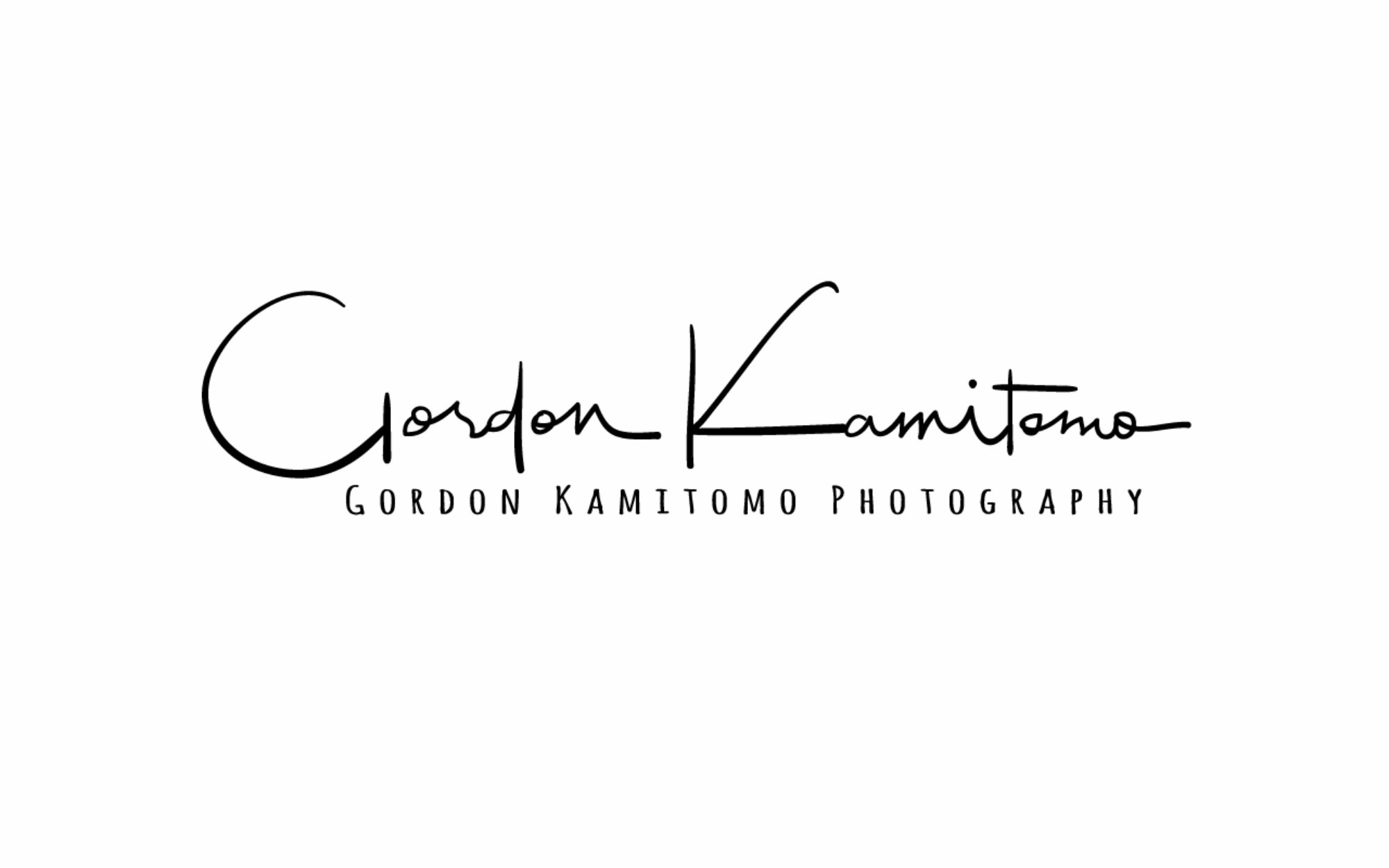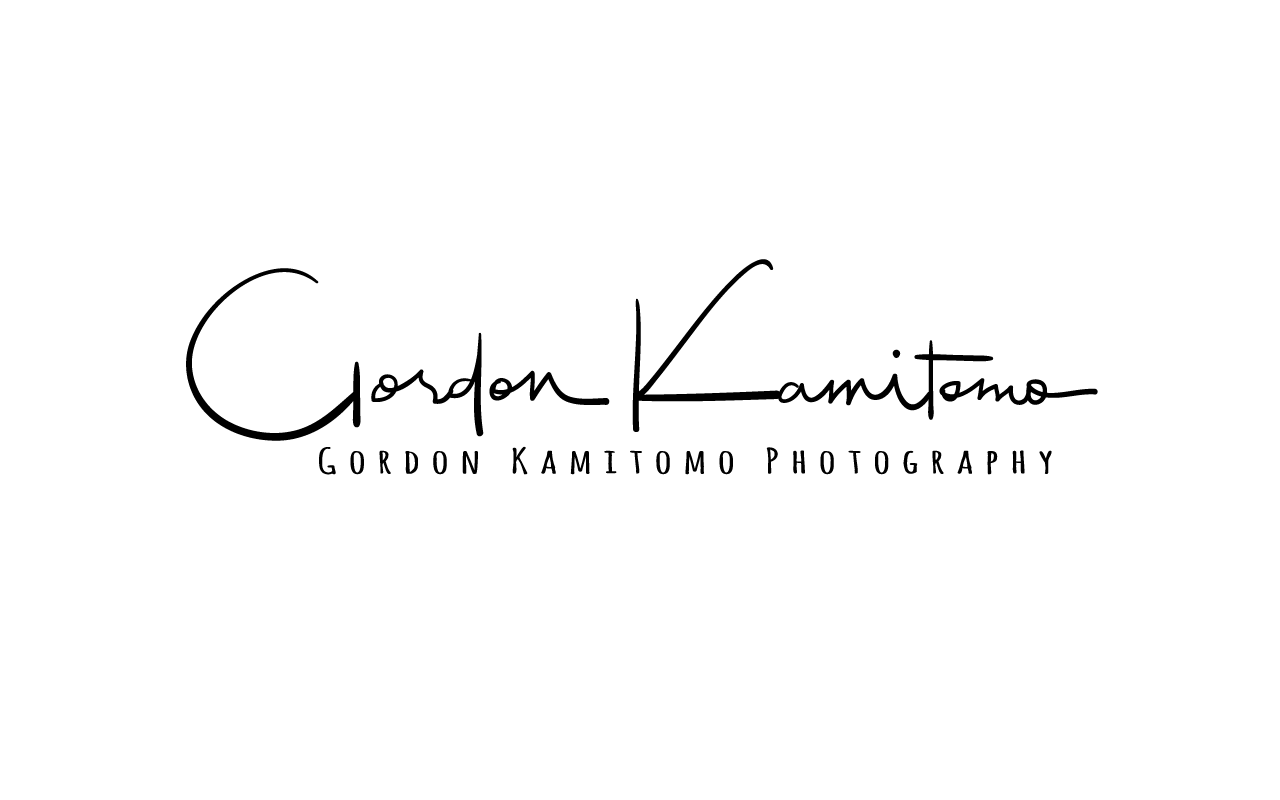3 Photography Essentials – Camera Bags, Tripods & Lenses
by Gordon Kamitomo
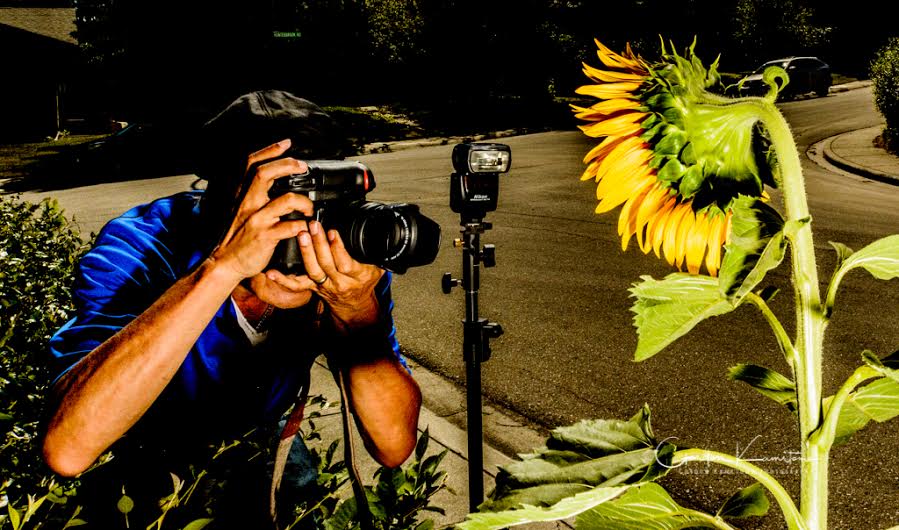
Image: Gordon Kamitomo Photography
The 3 essentials for photography are camera bags, tripods and lenses.
Photography Camera Bags
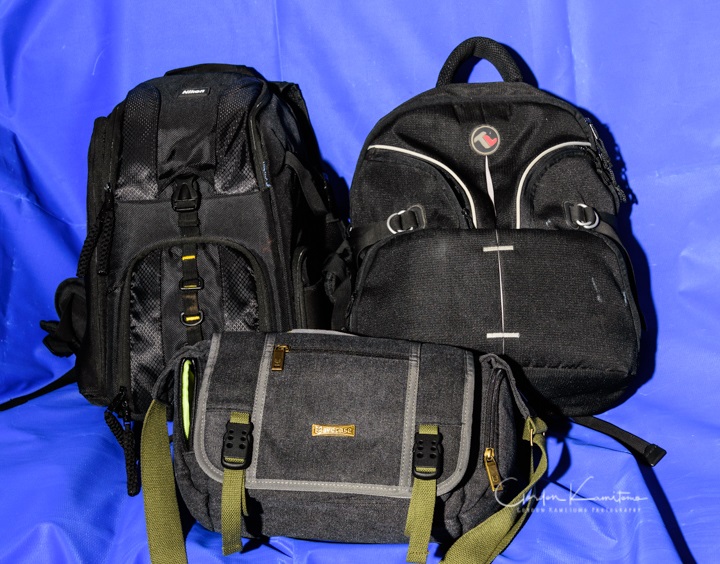
Image: Gordon Kamitomo Photography
Camera bags are a never-ending quest. Every photographer I know seems to have the same dilemma of finding the “perfect bag”. We think we have the perfect camera bag and then find something we believe is better and the quest begins again. I have lots of them. Perhaps I’m a little different in that I don’t use DSLR’s exclusively. I will use anything from a pointy shooty to a DSLR depending on what I’m doing. It’s not that I don’t use a DSLR at every opportunity, I do, but there are times when it’s simply not convenient to lug around.
I look at it as fit for purpose. Sure, the DSLR will give me the best result, but at the same time those other units do a darn good job as well. Especially when all I need is snapshot for reference purposes, good exposure and little or no post required. Don’t need RAW. Fill the frame – done.
If I am on a really simple out and about, I have a Fossil bag. A man purse actually that I drop an iPad and a small camera into. I have yet to solve the bag issue when it comes to carrying my DSLRs, 3 bodies and 6 lenses and have them easily accessible. My usual for this has been a Think Tank Messenger plus a LowerPro messenger. Recently, I got a Nikon Daypack which is relatively versatile, but only holds 2 bodies.
The bottom line – as one gets more advanced, bags become more complex depending on what you are doing.
Photography Tripods
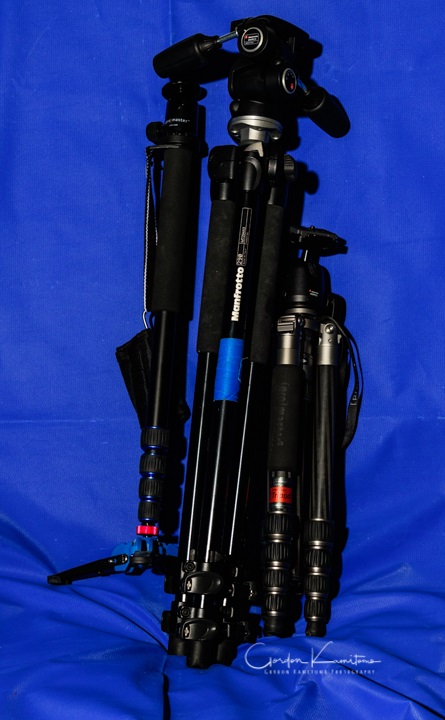
Image: Gordon Kamitomo Photography
When I was in 35mm, I occasionally used a tripod. Now with close-ups, certain landscapes and portraits, the need for one or more tripods has become essential. Since I focus on being mobile, my first pass at one was a carbon fibre Pro Master2. I ended up with a Manfrotto RC series ball head after a couple of others. The kicker was being able to support the D7100 with the Sigma 18-250 because I needed a beefier ball head. In the days of 35mm, you could get a relatively substantial tripod for under $100. In today’s photography world, it’s a lot more. I purchased a portable one and opted for a 5 section to keep it light and small. It’s fine for road trips, but for formal portrait work, it simply didn’t cut it. I had to look for another one.
As luck would have it, I stumbled on to a sale for the Manfrotto 290 series with a Movie Pan head. Since they use the same base plates, I got some extras. This is not a light tripod by any means. Not quite at a pro level, but could easily work. It does get a lot of use and so far, is a workhorse.
Photography Lenses
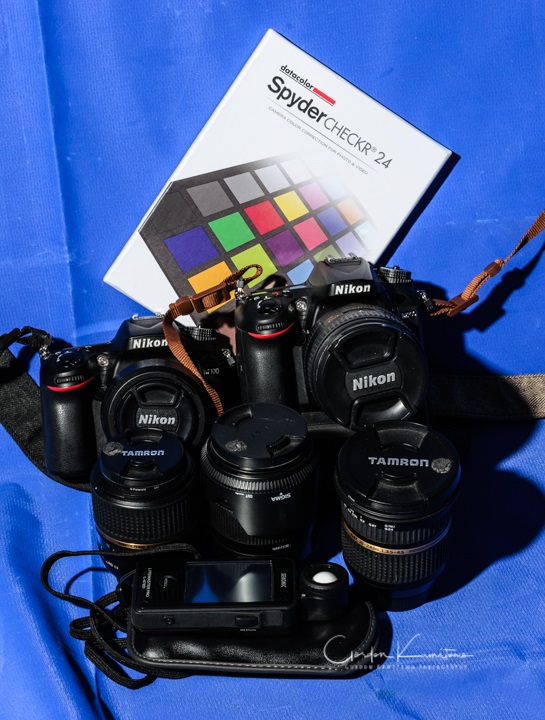
Image: Gordon Kamitomo Photography
The usual discussions are zooms vs. primes. My goal is to quickly grab my camera to get a shot. In most instances, I’m on my way somewhere and see a shot, get out of car or stop walking to take the shot and continue on with no time to swap lenses. There are other times when I go out with the express purpose of getting landscape shots. Then I will take the time. Ultimately, my preference is to use primes. I own a few, but have found that zooms do well too. I have a Tamron 10-24mm on one body and a Sigma 18-250mm on another. In reality, that covers about 80% percent of the things I normally do.
When using a Nikon zoom, I have the kit lens 18-55mm and a 55-200mm. For primes, I have a Nikon 40mm f2.8 macro, a Nikon 50mm f1.8 and a Tamron 60mm f2.0 macro. Aside from landscapes, these fit foro close-ups and portrait work too. They also give me a lot more depth of field control.
